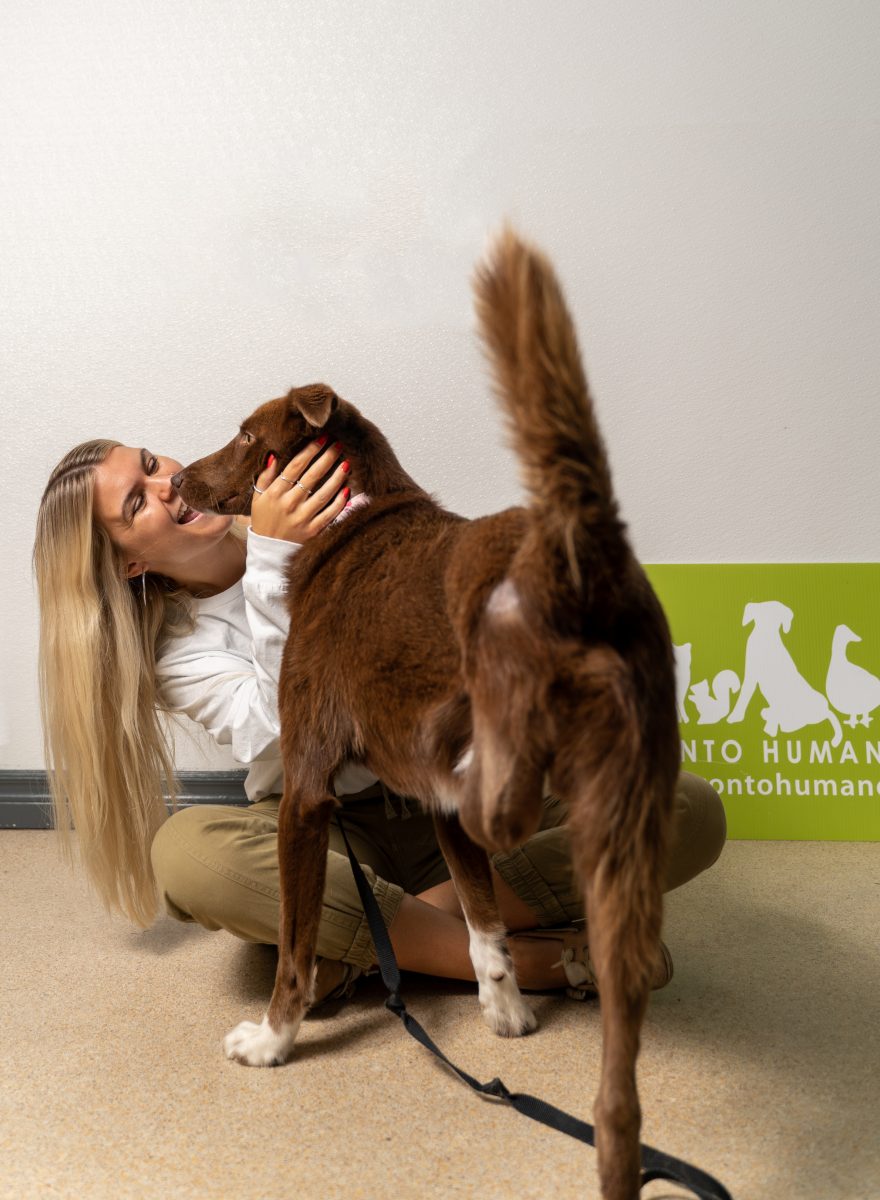“My goal as an animal advocate has also been to position myself in a way where I can make the greatest impact on animals in other words, how I can bring a voice to the voiceless.” Hannah Sotropa.
Hannah Sotropa is a public relations specialist in the communications department with the Toronto Humane Society. Sotropa’s education was unrelated to public relations, she draws from past experiences — both personally and professionally — and uses her interpersonal skills and communication tactics often in her role with the Humane Society.
“I have worked with the Toronto Humane Society for 2 years now and have a fiery passion for animals and their welfare,” Sotropa wrote via email.
“I began work with the Toronto Humane Society as a pet support agent, which is an individual who gathers the adoption paperwork to finalize the administrative side of things in our internal database when sending animals home. I moved into the role of an adoption agent for both cats and dogs where I conducted the meet & greets and engaged with the families of prospective adopters. I again moved again from there to become the adoptions supervisor, where I oversaw the adoption department as a whole. And in just under 2 years I believe, made my way into the role which I am currently in, the Public Relations Specialist in the communications department.”

I asked Sotropa about day-to-day life in her job. “There are no two days that are alike in this position! There is always something new and exciting going on. You will have the day-to-day responsibilities which include a large amount of email correspondence, conference calls and creative thinking.”
Sotropa has this advice for anyone interested in the same line of work: “Advice for someone starting out would be to keep organized! In order to be successful in a role like PR, it is so important to keep your ducks in a line and juggle multiple things at one thing. I think it would be valuable for someone to read up on a couple of articles on how to keep one’s documents/contacts and email messages as clean as possible. The less clutter, the easier it is to manage one’s time.”

